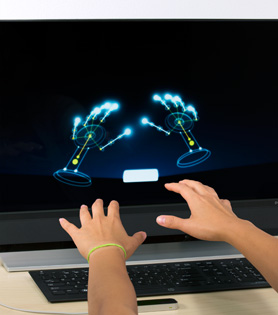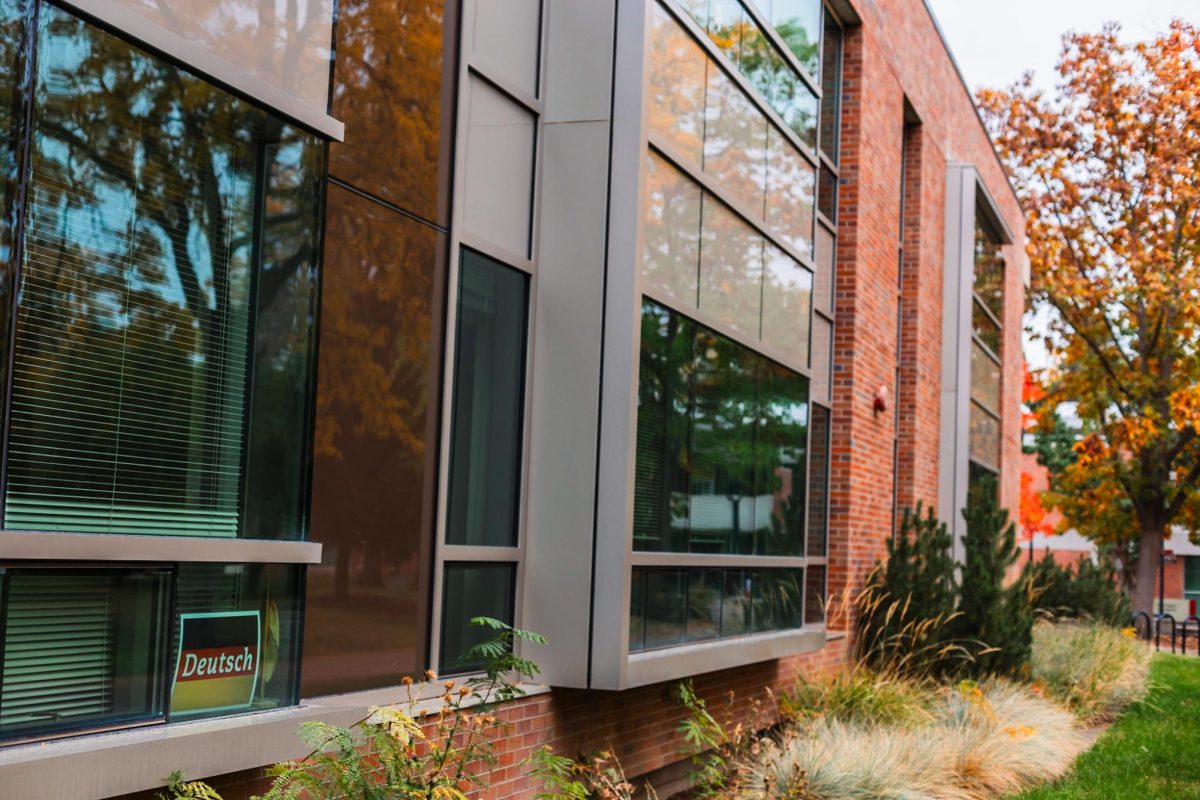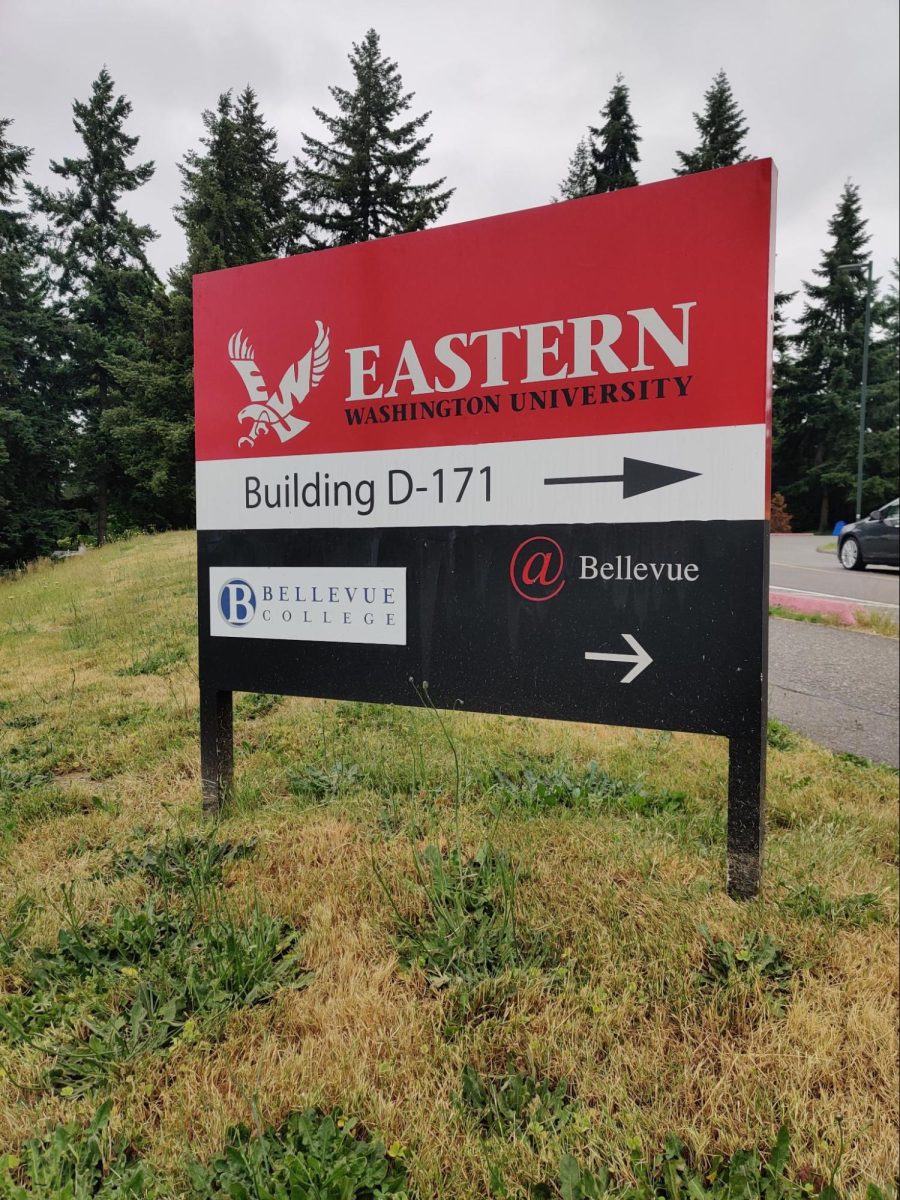By Jaime Williams
Easterner Online Editor


Imagine this, you are walking through the computer lab and see a student sitting at a computer, their fingers wiggling, hands waving, pointing and pinching at the monitor.
No, the student is not trying to conjure the ghost in the machine and there probably is no reason to call an ambulance. The student is using the new gesture control system developed by Leap Motion.
The new controls allow interaction with a computer for various applications, such as developing a manufacturing model, throwing a clay pot or performing a simulation of an operating room, all with natural hand gestures in a 3-D space.
Economically priced, while providing accurate control, the Leap Motion Controller is making waves in the technology community. This device is about the size of an MP3 player, plugs into a USB port and looks to revolutionize how we interface with our workstations.
The device specifications state a control resolution of a hundredth of a millimeter. While unable to map the top of the hands for a true virtual reality, they have definitely nailed the design for a virtual touchscreen.
Leap Chief Technology Officer David Holz claims intuitive gestures, such as swiping, pinching to zoom and tapping to click, are well done and purported to be backwards compatible with current touchscreen technology.
Rachel Metz, MIT Technology Review’s IT editor, recently tried out the controller and reports the intuitive control could be better, user fatigue can be an issue but the potential opportunities appear plentiful.
When looking to future device integration David Pierce, senior reviews editor at The Verge, interviewed Holz who states the Leap could easily be no larger than a dime, so adding it to a laptop or tablet should not be difficult.
Interaction with Windows and Mac operating systems can be enabled with the Gamewave application for simple system browsing and document navigation, while Ethereal is an application that enables control of Photoshop. The SignWaveTM Unlock application addresses the subject of biometric input to augment a systems security authentication process, and for those squeamish about biology, there is even an app to virtually dissect a frog.
Paul Worthington, a consumer imaging senior analyst, states “the $70 phone-sized module can connect to computers and other devices, and maps hand movements with accuracy 200 times greater than anything else on the market at any price point for natural user interface and gesture control.”


The current price is between $87 to $100 range, according to current distributor websites.
The Leap Motion Controller, as an application, has potential in regards to implementation opportunities provided by this innovative 3-D technology.
The variety of software applications available at the manufacturers Airspace app store reflect a sweeping range of possible areas of application.
Matthew Butter, a contributor to NetAppVoice on Forbes writes, “I’m still more excited about where Leap Motion may be going than where it currently is.”
With the innovation of Leap Motion consider how strange it would look to someone with no technological background to see somebody using a text to speech application in conjunction with the Leap Motion controller.
Perhaps a similar situation led Arthur C. Clarke to state, “Any sufficiently advanced technology is indistinguishable from magic.”















